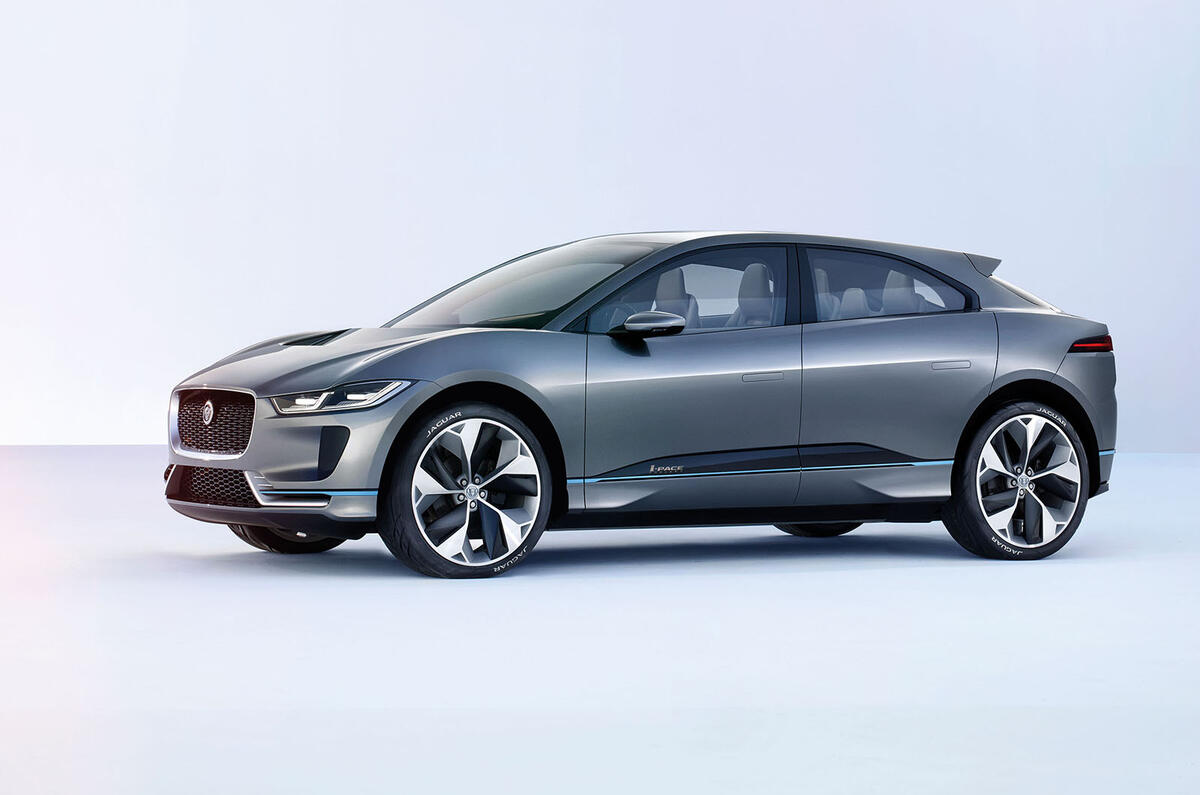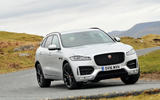Making the Jaguar F-Pace handle in a way that felt consistent with the traditions of its badge was one of Jaguar’s most notable triumphs as it graduated from saloons and sports cars to building SUVs.
Had it not done so, the F-Pace would still have found customers — but only as yet another SUV in an increasingly anonymous ocean of choice.
Jaguar I-Pace eTrophy racing series to support Formula E
The onus on Jaguar to do so again with the I-Pace is even more pressing. Firstly, because the firm has experimented with a new look for the model — one not necessarily conducive to a buyer’s established idea of a Jaguar and therefore one doubly in need of a distinctive dynamic identity. And secondly, because the hum of electric motors has become a great leveller in the business of building cars.
The I-Pace’s technical details suggest its performance will compete head on with anything currently made by Tesla. But to properly challenge Tesla, Jaguar must resist turning out the same benign, silent and express-fast battery pack that has become the US maker’s speciality.
Instead, Jaguar, a relative latecomer to the market, must strive to be different — to build an electric car that satisfies the keen driver as well as it does our maturing requirement to be transported swiftly, cheaply and cleanly.
Do that and the I-Pace will not only stand out from the luxury electric crowd but also stand alone.







Join the debate
Add your comment
Agree with typos..
You sound like a presumptuous
Badly named
Looks and quality.
How should it drive? I'd ask, how should it be driven? And for that, as unintimidating as possible. Not feel like a "Jag", but just feel like an ordinary car. And especially with plenty of space for passengers and shopping! As that's always been the problem with 1970s Jaguars...